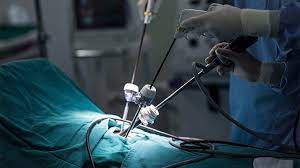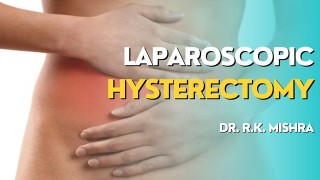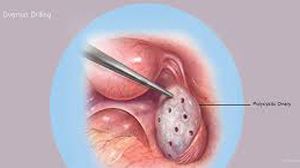Lap and Dye Test (Laparoscopic Tubal Patency Test)
Add to
Share
373 views
Report
2 months ago
Description
The Lap and Dye Test, also known as a Laparoscopic Tubal Patency Test, is a minimally invasive procedure used to evaluate the health and openness of a woman’s fallopian tubes, which is an important factor in fertility assessment. This test is often recommended for women who are experiencing difficulties in conceiving or have a history of pelvic infections, endometriosis, or previous pelvic surgeries. What is the Lap and Dye Test? The Lap and Dye Test combines laparoscopy with a dye test. During the procedure, a small camera called a laparoscope is inserted into the abdomen through a tiny incision, usually near the belly button. This allows the surgeon to directly visualize the pelvic organs, including the uterus, ovaries, and fallopian tubes. A special colored dye (commonly methylene blue or indigo carmine) is then introduced through the cervix into the uterus. If the fallopian tubes are open, the dye passes through them and spills into the abdominal cavity, which can be observed through the laparoscope. Blocked or damaged tubes may prevent the dye from passing, indicating potential fertility issues. Why is the Test Done? The Lap and Dye Test is primarily performed for: Assessment of tubal patency in women undergoing infertility evaluation. Detection of pelvic adhesions or scarring from infections, surgeries, or endometriosis. Investigation of chronic pelvic pain or unexplained infertility. How is the Procedure Performed? Preparation: The patient is usually advised to fast for several hours before the procedure. General anesthesia is administered to ensure comfort. Laparoscopic Entry: A small incision is made near the navel, and a laparoscope is inserted. Carbon dioxide gas is often used to inflate the abdomen for better visibility. Dye Introduction: A catheter is inserted into the uterus, and a colored dye is introduced. The surgeon observes whether the dye passes through the fallopian tubes. Evaluation: The surgeon checks for any adhesions, endometriosis, or abnormalities in the uterus, ovaries, and tubes. Recovery: The incisions are closed with sutures or surgical tape, and most patients go home the same day after a few hours of monitoring. Benefits of the Lap and Dye Test Direct visualization of pelvic organs provides a comprehensive assessment. Identifies both tubal blockages and pelvic conditions like endometriosis or adhesions. Can be performed alongside minor therapeutic procedures, such as adhesiolysis, if necessary. Risks and Considerations Although generally safe, the Lap and Dye Test carries some risks typical of laparoscopic surgery, including: Infection Bleeding Injury to surrounding organs Reaction to anesthesia Most complications are rare and manageable under the supervision of a skilled laparoscopic surgeon. Recovery After the procedure, mild cramping, shoulder pain, or bloating may occur due to the gas used during laparoscopy. These usually resolve within 24–48 hours. Patients are typically advised to avoid strenuous activities for a few days. Conclusion The Lap and Dye Test is a valuable diagnostic tool for women facing infertility or pelvic health issues. By providing a clear view of the fallopian tubes and pelvic organs, it helps doctors diagnose underlying conditions and plan appropriate treatments, improving the chances of conception.
Similar Videos






